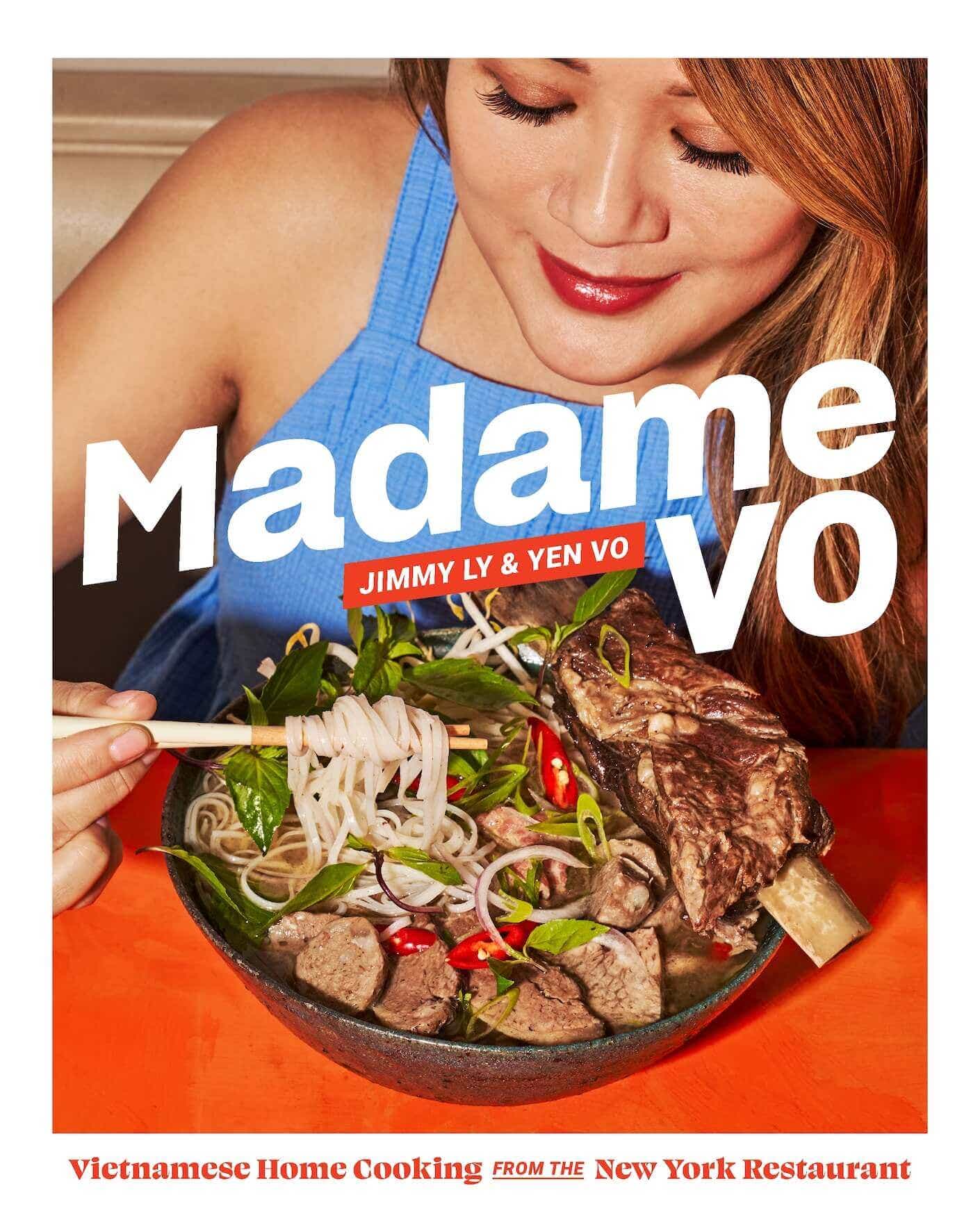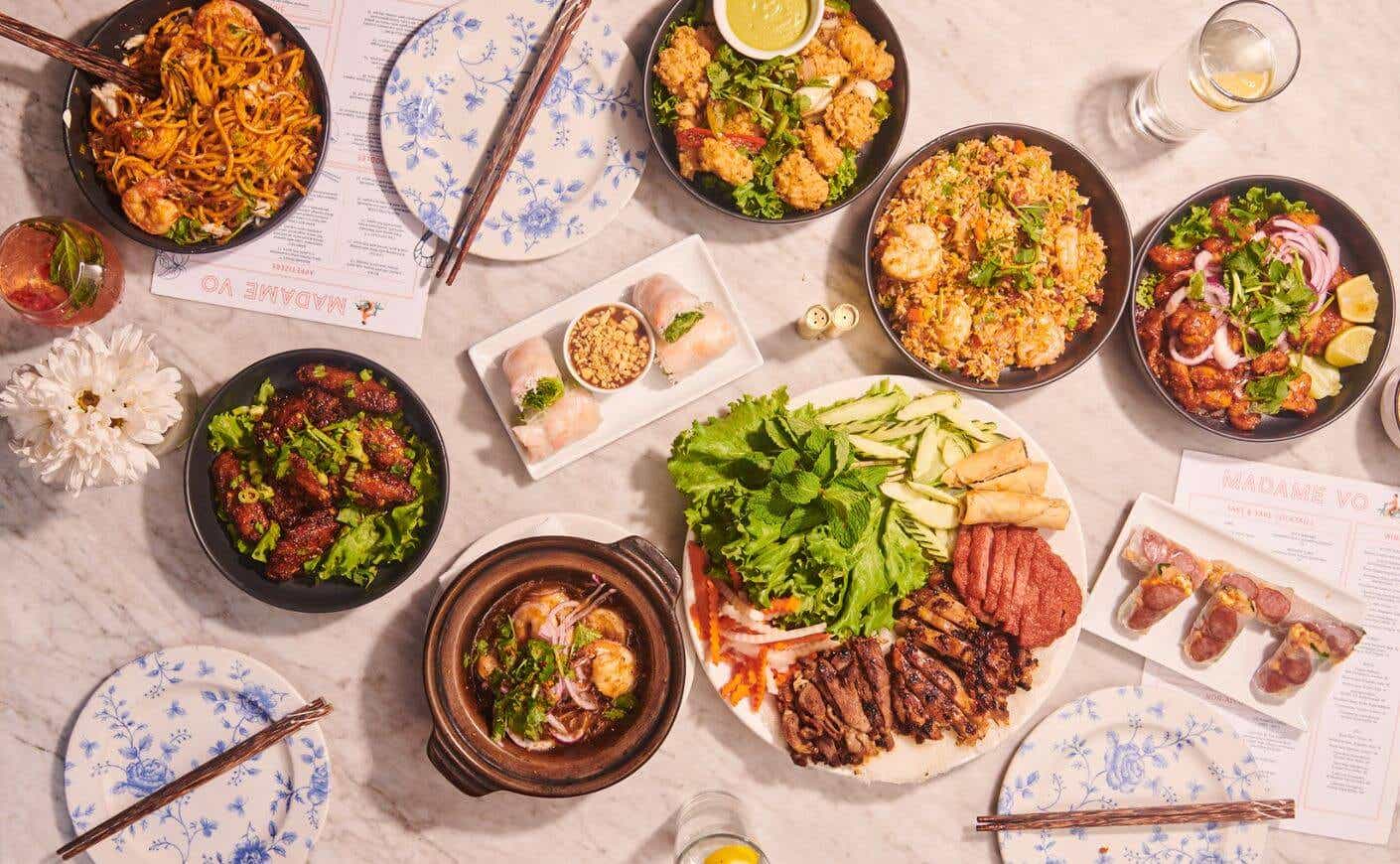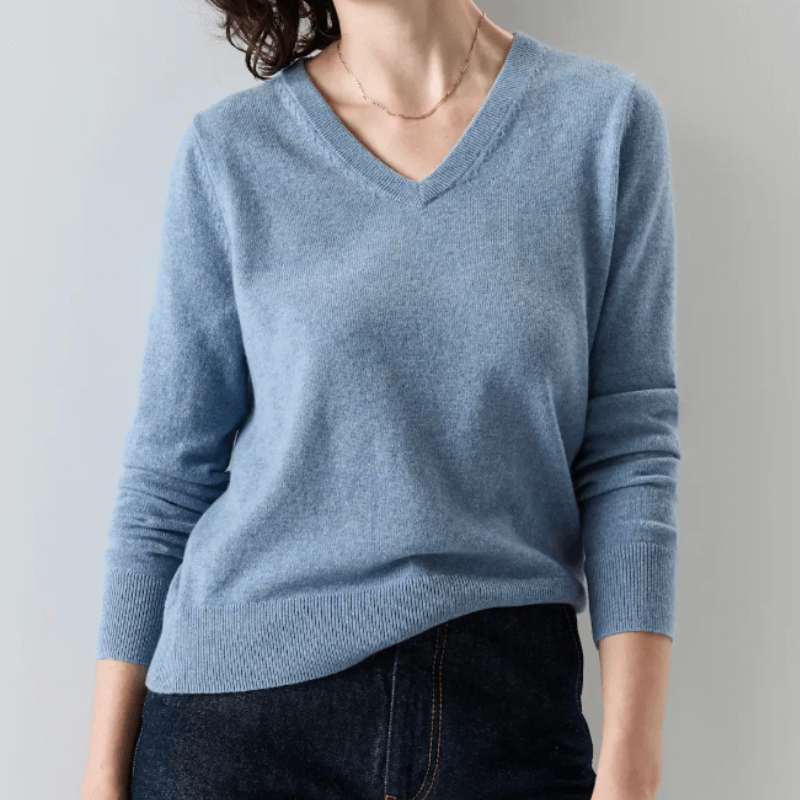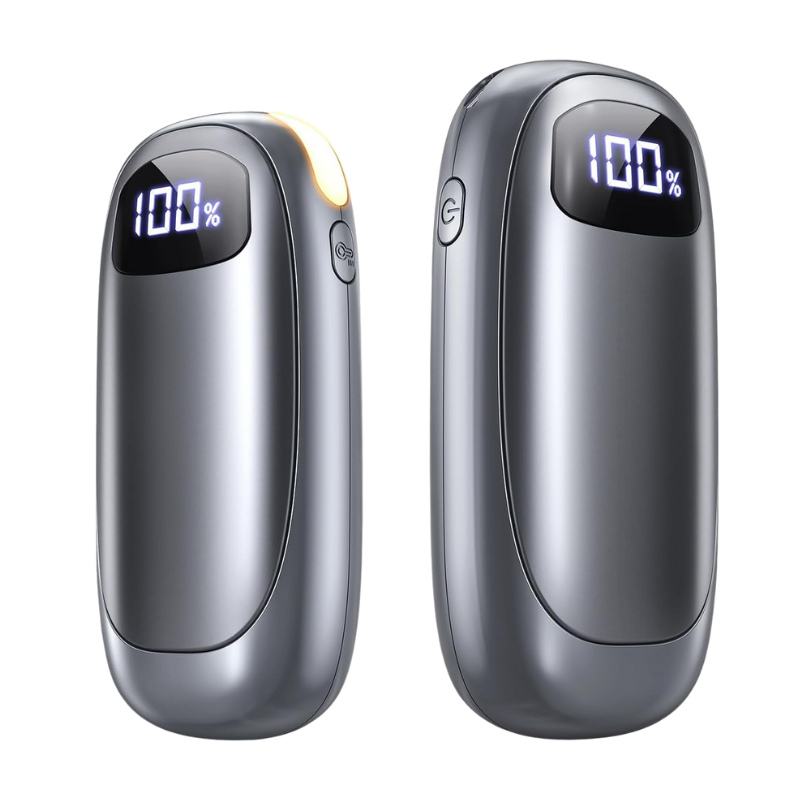If you’ve ever slurped a perfect bowl of pho and thought, I wish I could make this at home, you’re not alone. Vietnamese food is bright, bold, and a venerated takeout classic. But how do you get started dishing up soups, sides, and mains in your own kitchen? Do you need special tools? Will it be expensive?
Don’t quash your ambitions and flee to your favorite restaurant just yet. To get the deets on all things Vietnamese cuisine, we called up chef Jimmy Ly, who teamed with his wife, Yen Vo, to create the restaurant Madame Vo.
Those unable to take a regular trip to the East Village can make at-home versions of their signature dishes, thanks to their newly released cookbook, Madame Vo: Vietnamese Home Cooking from the New York Restaurant.
“There are some complex recipes [in the book],” Ly tells us. “But the majority are very easy and straightforward. I have two boys. We’re always trying to figure out what to make for dinner — 30 minute recipes, 15 minute recipes.” In other words: real, tasty food made for real life.
Ly looped us in on what you need to get started, some of his favorite recipes, and his go-to equipment (which you probably already have at home). Read on for his tips — and when you’re ready to get cooking, we’ve also got his delectable recipe for fried rice right here.

KCM: If someone has never tasted Vietnamese food before in their life, how would you describe it in just a few words?
Jimmy Ly: Vietnamese food is all about balance: sweet, salty, sour, and umami in every dish. It’s very vibrant, very light. We have some dishes that are heavy, but the majority of Vietnamese food includes fresh vegetables. It’s interactive, really fun, really soulful, and comforting. It’s home cooking.
What do you think makes Vietnamese cuisine so captivating for you personally and for the people that you cook for?
It’s just a flavor bomb. When you eat, it alters your emotions. And I feel like my style is very bold, very flavorful, but yet I still try to find a balance in it because I want you to keep on eating it. I really want to leave a lasting impression.
Can you share a dish that — to you — perfectly embodies the soul of Vietnamese cooking?
Besides pho, we have so many. Our Vietnamese pork chop dish over rice (cơm sườn nướng) is really the embodiment of that soul. My kids absolutely love it. It’s always a hit anytime I make it, but also it really combines all the flavors in Vietnamese cooking. Yet it’s so simple. Anyone can make it. It reminds me of my childhood. It reminds me of when I visit Vietnam.
Could you tell me about the ingredients your family used growing up that you still use in your kitchen every day?
We came from immigrant parents, and they were always working. There was always garlic, fish sauce, sugar, and black pepper in the house. I think that’s the holy trinity of Vietnamese food: sugar, garlic, and fish sauce. And I still use these recipes at home at least once or twice a week when I’m home with the kids. Fish sauce brings so much umami to any dish that you could make. There’s always fish sauce in my pantry. We use the Three Crabs brand.
What advice would you give to home cooks who want to try Vietnamese cooking but feel intimidated?
The recipes in my book are very, very simple because I am a self-taught chef. I learned everything from my mom’s kitchen. I never went to culinary school. I think people should just be more open to trying something new. In my book, I make it very easy for [readers].
Are there any particular kitchen tools or go-to pans that you always have on hand?
I always use a frying wok — about 12 inches is good. I always use a spatula and also make sure to have a very simple kitchen knife. Honestly, you can do the majority of [the book’s] recipes with those. If you want to do the soup or stocks, obviously you need a stock pot. And that’s pretty much it.












